Super fact 33: Actions such as eating locally, buying organic produce, using paper straws, and recycling can be good for the environment but can also be worse for the environment and these actions often have a much smaller positive impact than alternative rarely considered actions. What are popular actions for the environment is often different from what is effective.
I consider this a super fact because the beliefs regarding what is good for the environment and what is bad for the environment and what has a significant impact and what has not, are often based on popular trends and culture rather than knowledge. We need to educate ourselves. Following trends is not the answer to good stewardship of the planet.
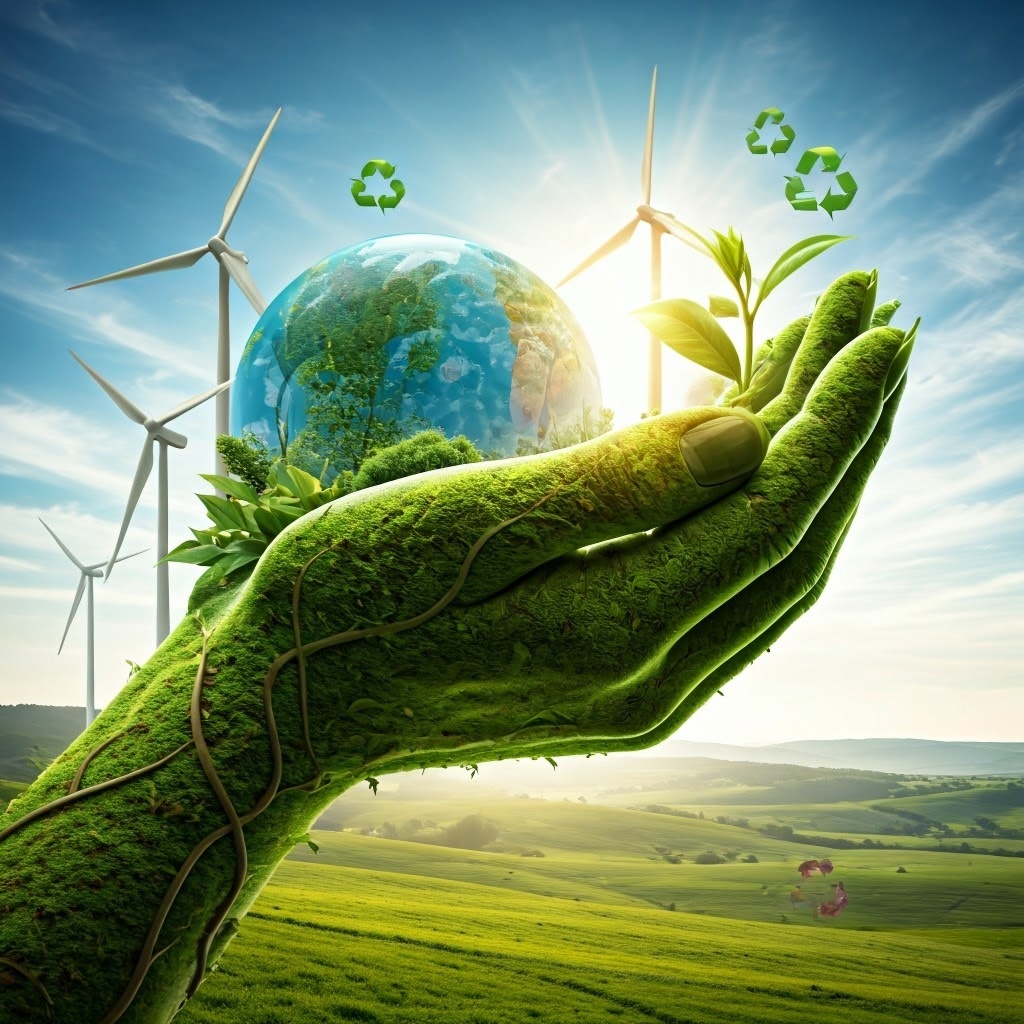
Is Locally Grown Food Really Better for the Environment?
As I explained in this post eating locally is not necessarily ecological. Agricultural products that are grown off season or in non-native environments are often grown in greenhouses, which require a lot of energy and generate significantly more emissions than shipping the produce across oceans would. This is especially true for crops like tomatoes, cucumbers, mangoes and bananas, that require warmer climates to be grown in open fields.
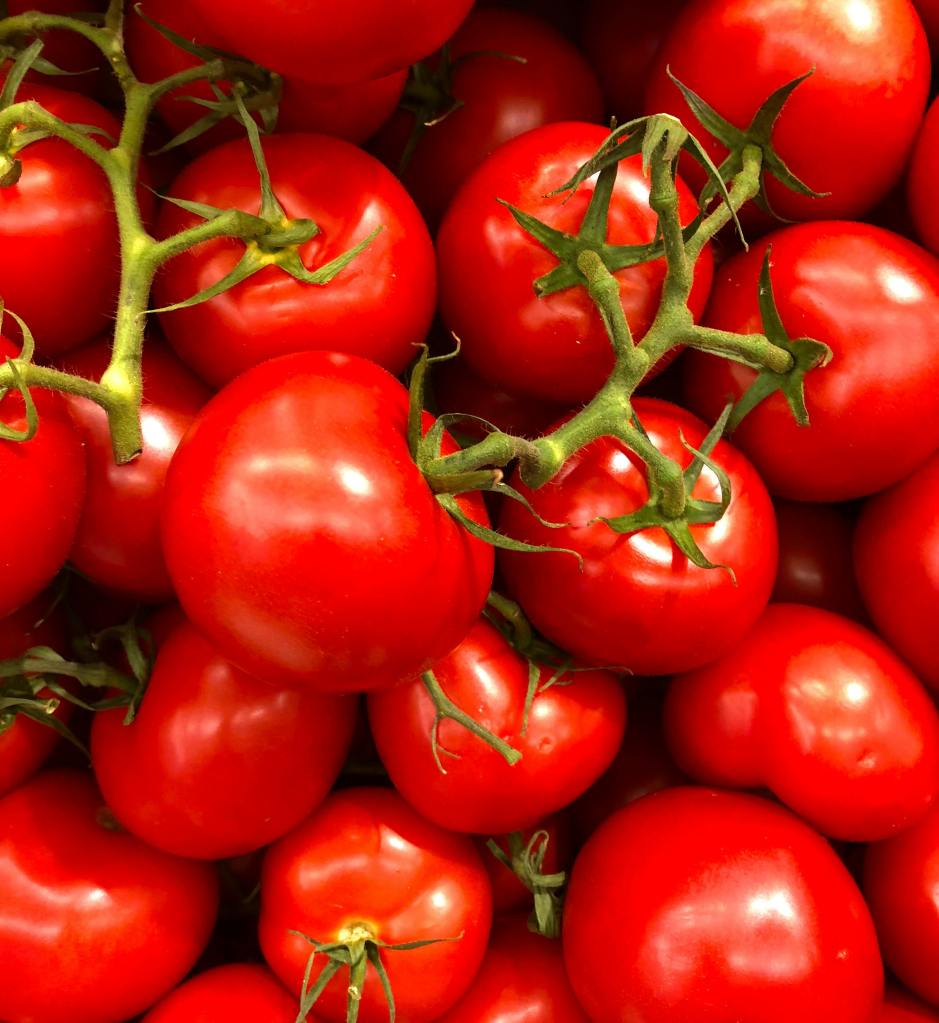
In some cases, the crop requires significant water resources or chemical inputs to thrive and may not be suitable for warmer climates, for example, apples. Some crops, like avocados or almonds require a lot of water but despite that they are grown in dry places like California (80% of California’s freshwater is used for agriculture). From an environmental perspective it would be better to grow these crops in a suitable environment and then transport them.
Is Eating Organic Really Good for the Environment?
As explained in this post eating organic is not necessarily ecological. Despite strong public perception of organic agriculture producing better environmental outcomes, conventional agriculture often performs better on environmental measures including land use, greenhouse gas emissions, and pollution of water bodies. There are, however, some contexts where organic agriculture may be better for the environment.
The graph below gives an overview of the environmental impact of various types of crops grown organically and conventionally. As you can see organic crop often require double as much land compared to conventionally grown crops. It is complicated.
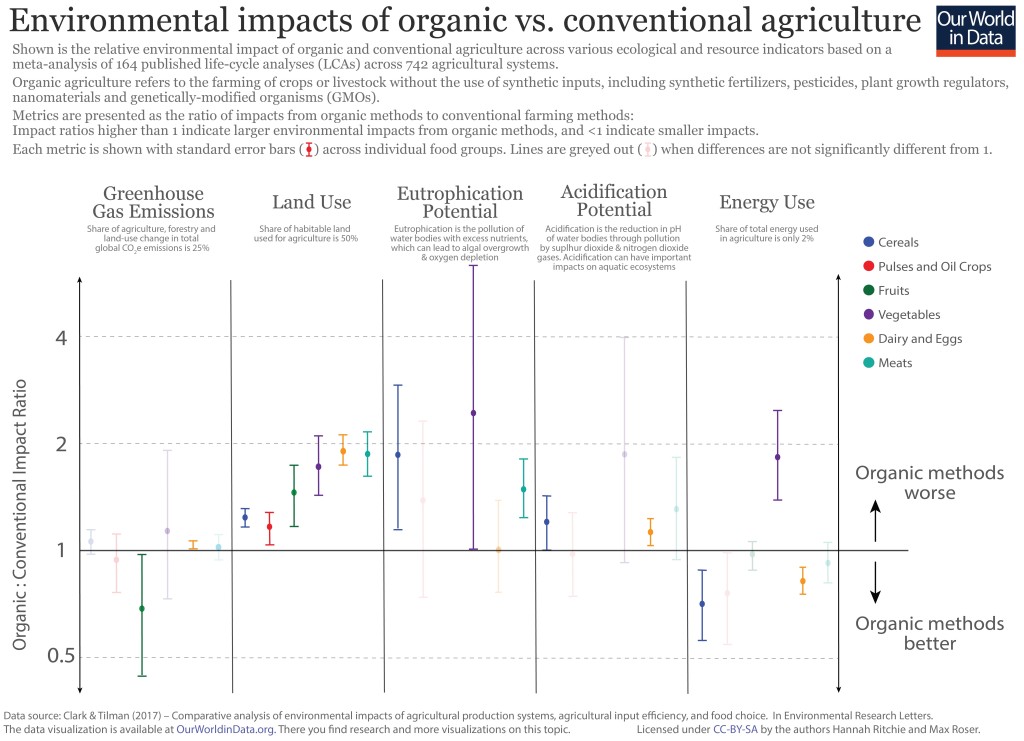
What really matters though is the type of food you eat, not whether it is organic or not. For example, beef (from beef herd) causes emissions 188 times larger than nuts do for the same amount of protein provided. Another thing to note is that if you eat 300 steaks per year you will have a 100 times larger environmental impact from your meat eating compared to someone who eats 3 steaks per year. You don’t have to become a vegetarian to have a smaller environmental impact but quantity matters.
Is Recycling Important?
The common perception that recycling is one of the best things you can do for the environment is not correct. Its impact is often not very large and if not done properly it can be counterproductive. If you throw a greasy pizza box in the recycling, you can ruin the entire batch.
Surveys across 21,000 adults in 30 countries showed that the two actions among twelve that people believed saved the most greenhouse gases were recycling (59%) and upgrading lightbulbs (36%). As it turns out, those two saved the least greenhouse gases among the twelve options. The option saving the most greenhouse gases among the 12 was giving up an SUV, which saved 18 times as much greenhouse gases as recycling. 17% of respondents picked that one.
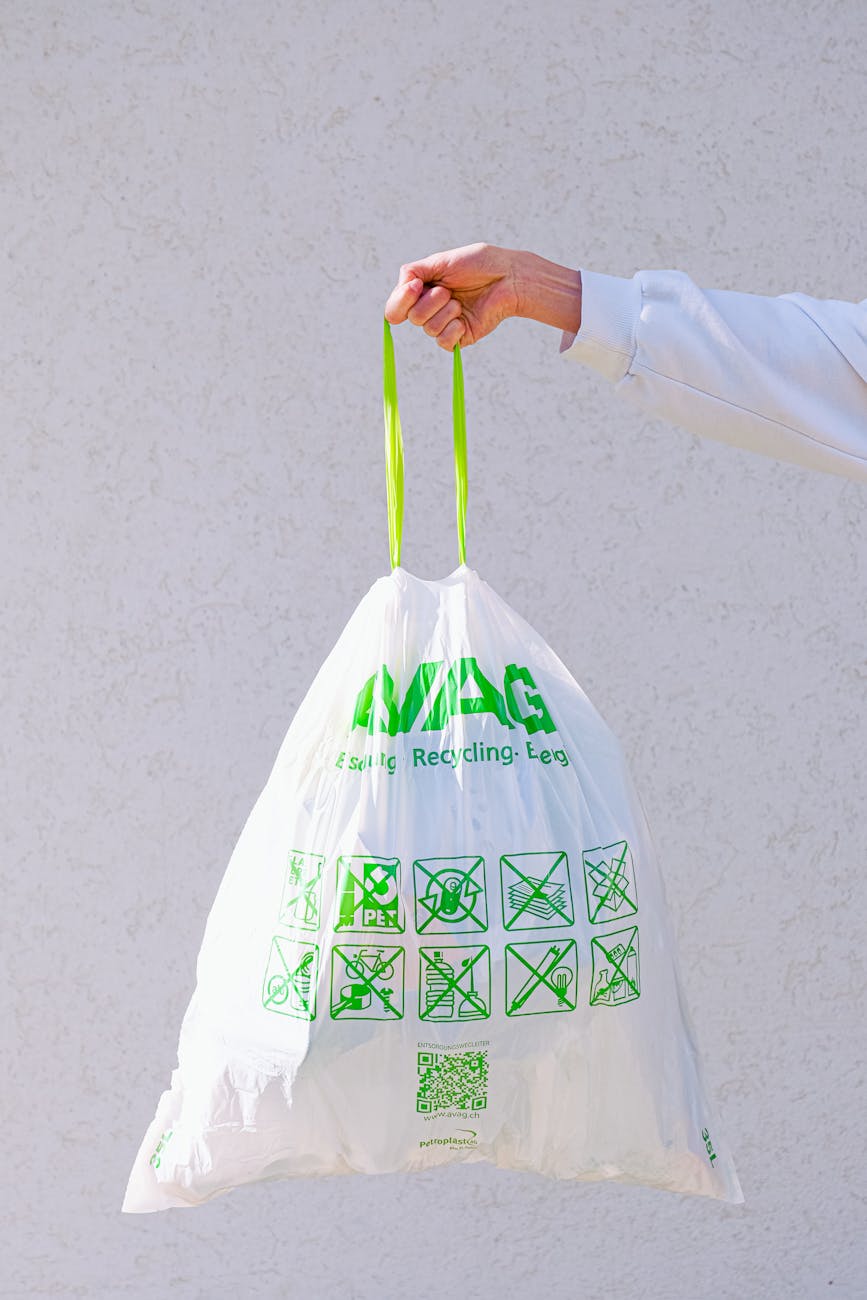
According to Our World in Data (and the book Not the End of the World page 114<<Link-6>>), which is based on this research, giving up an average SUV for a sedan would save 3.6 metric ton, or 22.5% of the carbon emissions for the average American. Switching to a plant-based diet would save 2.2 metric ton per person, or 13.8%. Recycling comes in at a savings of 0.2 metric tons according to the same data. EPAs estimates are slightly higher but still low in comparison.
Plastic straws versus paper straws
Producing a plastic straw requires 39 kilojoules of energy and produces 1.5 grams of carbon dioxide emissions. However, producing a paper straw requires 96 kilojoules of energy and produces 4.1 grams of carbon dioxide emissions. So, plastic straws are better for the environment from that perspective. However, this could be compared to a typical passenger vehicle, which emits about 4.6 metric tons of CO2 per year according to EPA. That corresponds to more than 3 million plastic straws and more than one million paper straws.
According to the same article the average passenger vehicle emits about 400 grams of CO2 per mile. So, driving just one mile corresponds to hundreds of plastic straws and paper straws.
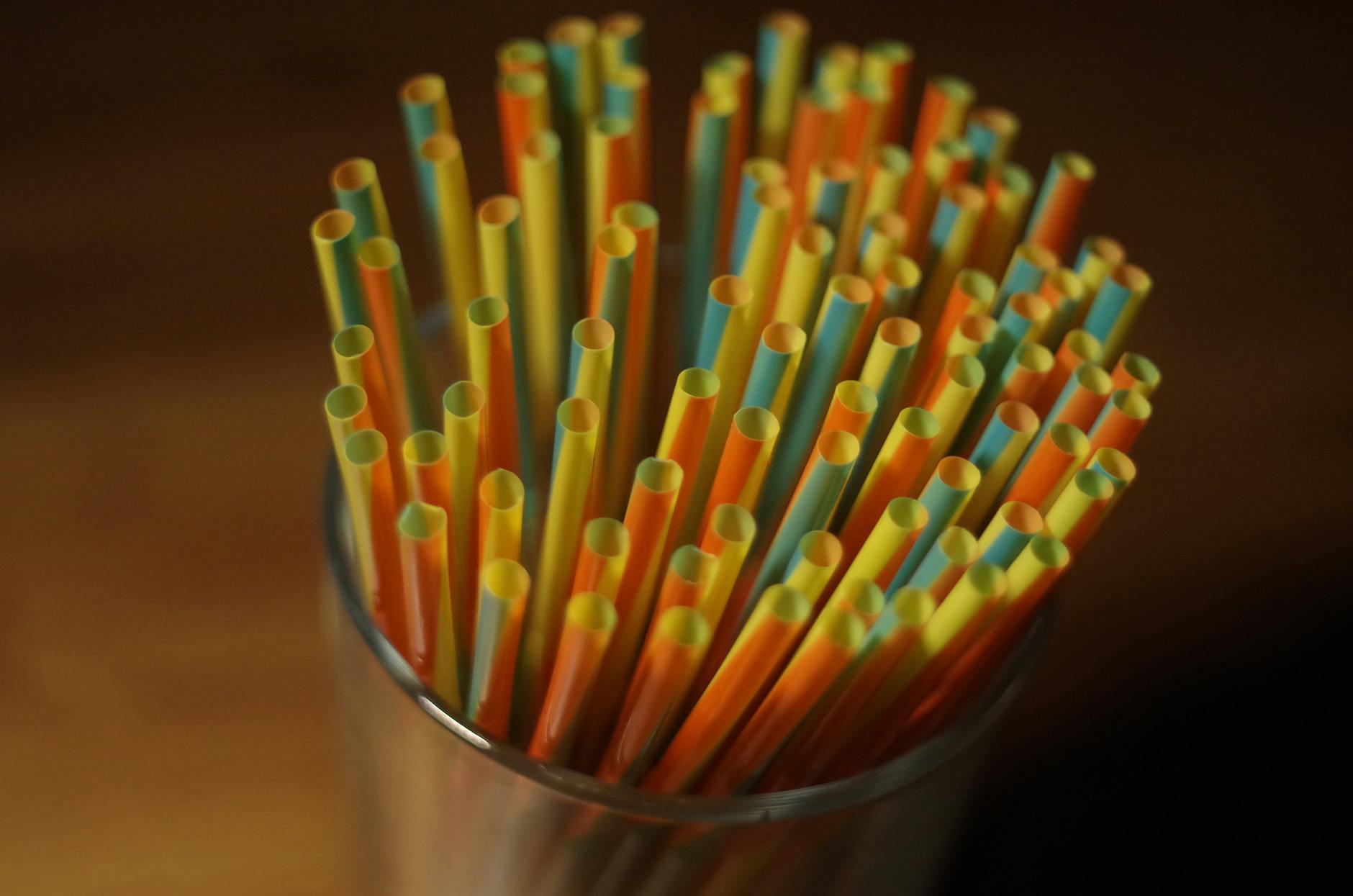

One advantage of paper straws is that they are easier to recycle, at least under ideal circumstances. Unfortunately, they often get soggy, and recycling plants don’t want that so they often throw them out. Another advantage is that paper straws decompose and don’t end up in our ocean.
However, not only are straws very small items, most of the plastic pollution in the ocean does not come from north America(1%) or Europe (1%). Paper straws versus plastic straws seem like a complex riddle but it may not be an important one. Whether you drive more or drive less is probably a lot more important.
Plastic bags versus paper bags
As with plastic straws versus paper straws plastic bags versus paper bags is a complicated question. From an environmental perspective they both have advantages and disadvantages. Plastic bags are less carbon intensive to produce, are easier to reuse several times, and the production of plastic bags require on average four times less energy than the production of paper bags.
On the other hand, paper bags are decomposable and easier to recycle. However, the chemicals and fertilizers used in producing paper bags create additional harm to the environment. It is a complicated question.

Having a Significant and Positive Impact on the Environment
Some of the allegedly sustainable practices and actions mentioned above are counter productive and others have a very small effect, for example, carbon emissions savings that are a few grams. According to the “Our World Data” and the book “Not the End of the World” page 114, a compilation of data research, some actions that you can take that will significantly reduce carbon emissions are (savings in metric tons per year, for flight it is per trip):
- Giving up an SUV 3.6 tons
- Go car free (average car) 2.4 tons
- Switch to plant-based diet 2.2 tons
- Avoid transatlantic flights 1.6 tons
- Buy green energy 1.5 tons
- Switch to electric car (from average sedan) 1.2 tons
- Switch from electric car to none 1.2 tons
- Avoid medium flight 0.6 tons (1,700 miles each way going and returning)
- Laundry in cold water 0.25 tons
- Hand-dry clothing 0.2 tons
- Recycle 0.2 tons
- Upgrade light bulbs 0.1 tons
As you can see in the graphs below, the largest contributor of greenhouse gas emissions in the World and in the United States is electricity and heat. Unfortunately, the composition of the electric grid is something we as consumers have very little control over. We can save energy, get solar panels for our roof, or buy our electricity from green energy companies, but we cannot easily change the composition of the grid. Energy companies and politicians must do that.
However, we can make our voices heard by calling and writing to our representatives. This might be the single most impactful action that you as an individual can take. Your congressman, senator, or state legislator will probably not read your letter. They have hundreds of thousands or millions of constituents and get lots of letters every day. What is likely to happen is that a staff member will skim the letter and note the concern in a database.
Just make sure that your letter is politely written so it does not go in the wastebasket. Also make sure that you are a constituent. Writing to Ted Cruz when you live in Florida is not going to have an impact. They are interested in finding out what the concerns of their constituents are and according to staff members and other information I have come across, this really has an impact.
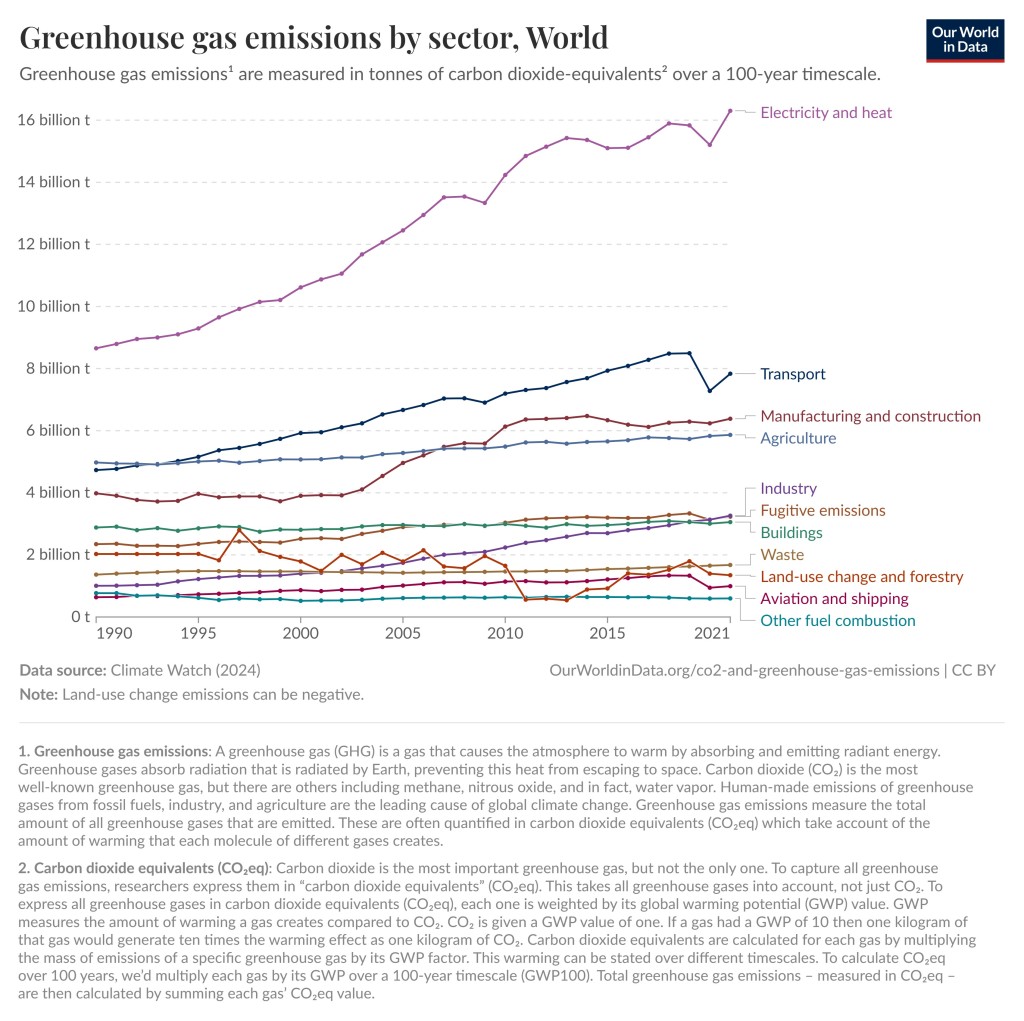
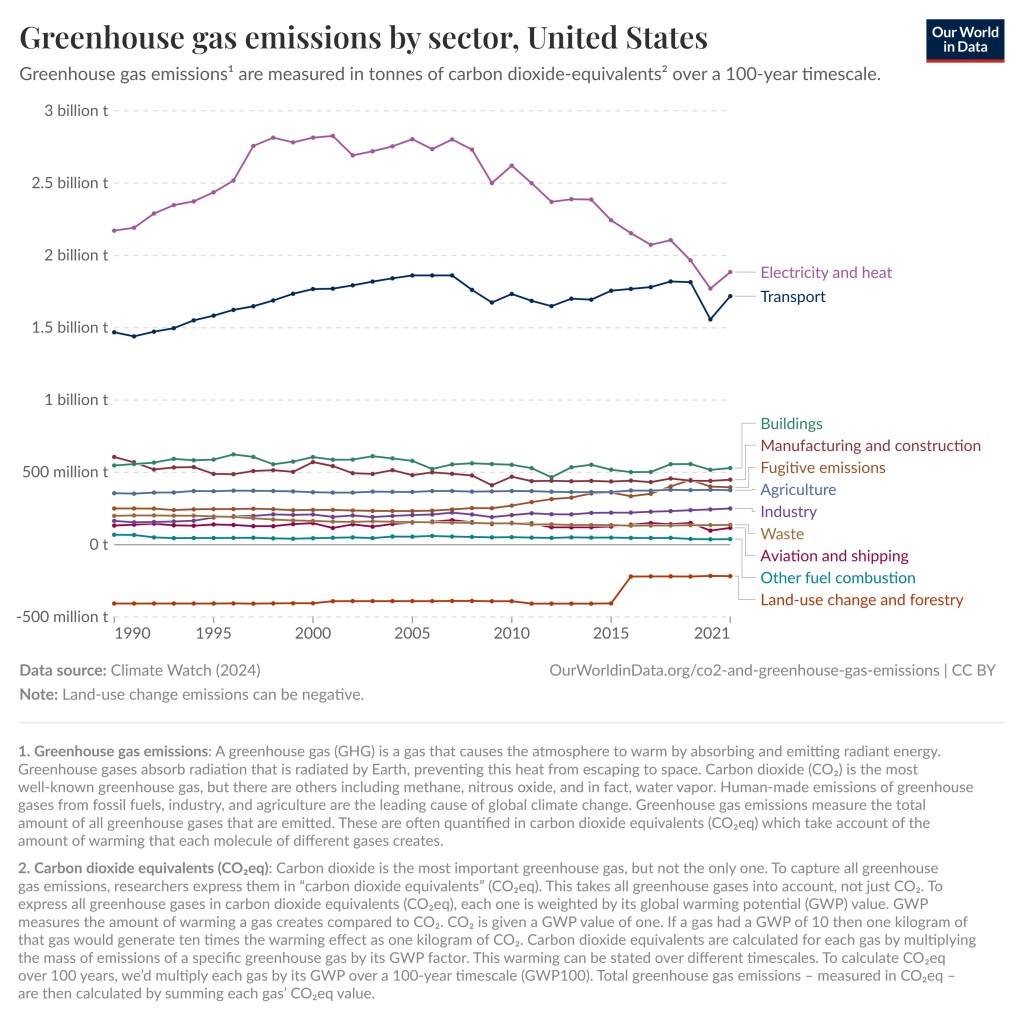
Conclusion
The survey mentioned above showed that among the twelve environmental actions an individual could take, the one with the second to smallest positive impact was the one that the majority thought had the biggest positive impact, despite it having a relatively tiny impact. The actions that could really make a huge difference were hardly considered.
We, the public, are very bad at determining what is good or bad for the environment and what has a significant and positive impact or not, even though the data is out there and we easily can look it up. Maybe the biggest positive impact one could have on the environment is to look up the facts and get better educated.


I found this post really informative and interesting.
Thanks a lot also for adding the list of actions we can take to significantly reduce carbon emissions
LikeLiked by 1 person
Thank you so much for your very kind words Luisa. Yes thought, if you are going to highlight things that may not work as well as thought, maybe you should mention what is effective as well. Otherwise it becomes just negative.
LikeLiked by 1 person
Many thanks to you for your thoughtful reply, dear Thomas.
LikeLiked by 1 person
I just realized my response was a bit difficult to read because I didn’t proofread but thank you so much Luisa.
LikeLiked by 1 person
🤗
LikeLiked by 1 person
Thanks, Thomas! Let’s help leaders focus on what matters most. Pound the common-sense drum!
LikeLiked by 1 person
Thank you so much Grant at Tame Your Book, and you are so right. We certainly need more common sense.
LikeLiked by 1 person
Hi Thomas, I find these posts very interesting. You are dismantling some of the things I thought were better like using paper straws.
LikeLiked by 1 person
Thank you so much Robbie. Many things that we think are straightforward are complicated but luckily there are things one can do that really make a difference.
LikeLike
Yes, but those are the big sacrifices that most people don’t want to make like not flying about or using public transport instead of a car.
LikeLiked by 2 people
Yes that is a very good point. But I was thinking that if you know the facts you can, if you so wish take those big things into consideration. You know what is big and what is small and what is questionable. For example, if you have a big SUV you know that using it more efficiently would matter a lot. Many of my collegues with big SUVs drove themselves alone to and from work every day. But they did not know how much SUVs pollute. At least those who were interested in the environment could maybe have driven their SUV with another collegue. That’s just an example.
When I was working for ABB Robotics our division was bought by another company in Sweden. The CEO ordered everyone working for our division/department to come visit him in Sweden and he asked us to bring our families. He wanted to get to know us. He was ready to pay for all those airline tickets, but did he consider the environment? Probably not. It would have been better for him to come visit us in Wisconsin and Detroit instead. I would never tell anyone what to do. Everyone have their special needs. But if you know the facts you can make better decisions (assuming you care of course).
LikeLiked by 1 person
Thank you for clarifying a lot of things. On one hand paper bags & straws biodegrade faster but they take more carbon to be produced. And then local sounds eco friendly but with off season plants it can take more carbon and energy to produce. It takes a lot of problem solving to find the best solutions.
I go car free & feel very eco friendly. I just need to cut down on disposable cups. Reusable cups only!
LikeLiked by 1 person
You are so right Sara. I like what you said “It takes a lot of problem solving to find the best solutions.” Being car free is certainly very eco friendly. That is impressive. I also have a friend who’s gone car free. He using bicycle and public transportation. I have not gotten to that point but we don’t drive much. Thank you for your informative and helpful comment.
LikeLiked by 1 person
I bought a package of bamboo straws, to make an effort. So darn expensive! And how do you clean them?? Sigh.
LikeLiked by 1 person
I have not tried that but I don’t use any straws, but my wife does.
LikeLiked by 1 person
Hi Jackie you can get tiny little brushes to clean bamboo straws I ‘m surprised yours didn’t come with a brush mine did..,,Found this https://www.ebay.com/itm/224921754551
LikeLiked by 2 people
I could use that to clean the tubing that I use for my home beer brewing
LikeLiked by 1 person
Yes, you could I use mine to clean the straw in my drink container its just the right size…
LikeLiked by 1 person
I did see some with those. Mine didn’t! Sigh.
LikeLiked by 2 people
Interesting and informative, Thomas! Also a bit disappointing, knowing certain things we thought were so helpful are not. Hubby and I both have old 4 cyl. compact Ford cars. It would be difficult to get by without at least one, and we’d likely go for a small hybrid if we needed a new vehicle. Our last transatlantic flight was in 2018 and there are no immediate plans to fly anywhere. That’s more of an economic reality than a conscientious choice, though.
LikeLiked by 1 person
It is important to point out that I am not telling anyone what to do. We all have different needs, but it is good to know what is effective and not if you do care about the issue. We have a car too, a hybrid. It is impossible to be without one here in Texas. But we try to be efficient with it. In Sweden it is a lot easier. When I worked in Stockholm I had a car I did not use for a whole year because the public transportation was so good. Our biggest pollution (our family) is airplanes. We are going to Colorado to ski in a couple of weeks. Skiing has gotten very expensive so that is going to set us back quite a bit.
LikeLiked by 1 person
Of course, I know these are suggestions, not edicts. We only have one life, it is far too short, and enjoyment is key IMO. It’s good to find a balance between that and being environmentally conscious, though. I’m sure you do plenty to help the environment that may offset your use of airplanes, at least partially. Enjoy your skiing holiday, Thomas! 🙂
LikeLiked by 1 person
I agree with you 100%. Thank you so much Debbie.
LikeLiked by 1 person
Lulu: “Hmm, our takeaway from this is that Mama and Dada should give the greasy pizza boxes to us dogs to dispose of.”
Java Bean: “Sí!”
LikeLiked by 1 person
Ha ha if you want to eat that go right ahead. At least it won’t be wasted.
LikeLike